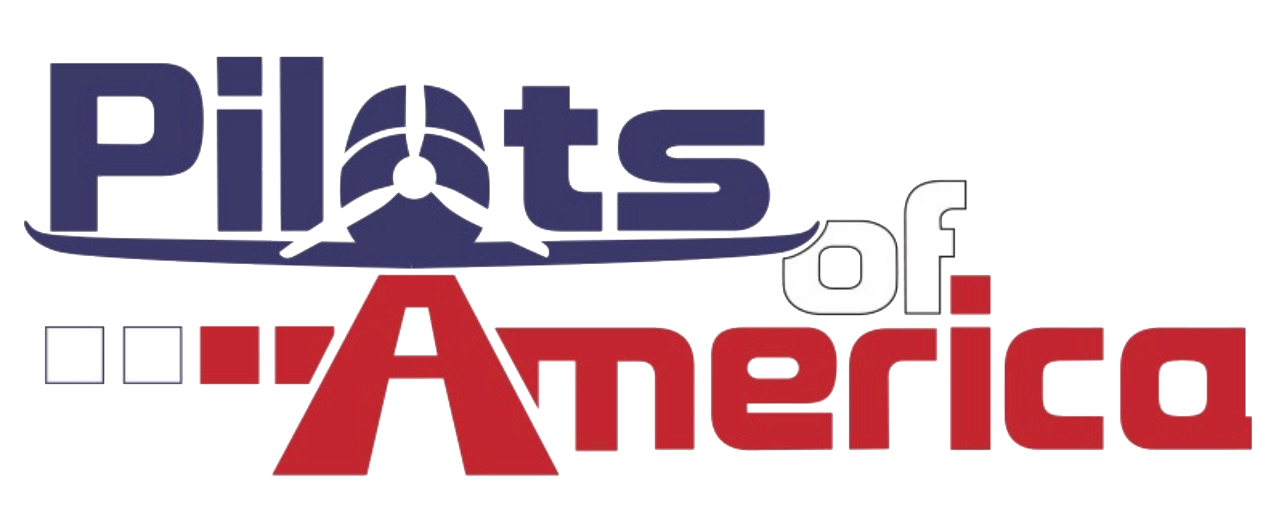wayneda40
Line Up and Wait
- Joined
- Jul 31, 2017
- Messages
- 595
- Display Name
Display name:
waynemcc
it was actually quite interesting, both from a pilotage POV and the mission itself.You surveyed “literally thousands” of lobster traps and you want people to virtually watch.
Good question... I'll check with my passenger/observer to get some metrics on the number of whale entanglements.How many whales actually encounter death or harm?
it was actually quite interesting, both from a pilotage POV and the mission itself.

VERY good!Technically could've been littorally thousands
Domenick, my understanding (I was just the pilot on this outing) is that the ODA plan and effort is multi-fold:What's the plan to reduce "entanglement"?
Domenick, my understanding (I was just the pilot on this outing) is that the ODA plan and effort is multi-fold:
A bit more detail on the ODA site.
- catalog where the traps are to assure that the commercial trappers are abiding by existing regulations/agreements on location and density of traps. My understanding is that the "density" of the trap lines is the parameter that most affects entanglement.
- dive in areas of dense trap lines, determine which of the traps are abandoned (est ~10%).
- float abandoned traps and other sea debris for removal by ship.
- recycle or dispose of the debris responsibly.
- lobby for funding of more responsible trap access methods (e.g. remote control mechanisms for trap surfacing, rather than tether lines).
Related: Here's an article on "Ropeless" trap retrieval.
Mostly quite reasonable. I do a lot of wreck diving, and am quite familiar with areas of dense trap lines, and abandoned traps--shipwrecks provide great lobster habitat, and so they attract the lobstermen. It can get to be a bit of a mess underwater, and the lines do take a toll on marine mammals.
I'm skeptical about remote trap access being feasible. Putting battery operated acoustic modems on every trap, signaling position from an attached GPS receiver, and able to either deploy a coiled rope and float, or fill a lift bag with compressed gas or use some other variable buoyancy system will be enormously expensive. Making electronics work for long periods of time submerged in salt water isn't cheap, nor is engineering the mechanical components to work reliably. Trap prices would increase by some enormous multiplier, and the shellfish market can't support it.
Also, though I didn't see mention of it in the article, GPS signals don't penetrate water. The acoustic modems may work fine (hopefully not interfering with marine mammal communication), but they'd have no way to get position data.
Around here they delay the Dungeness crab season until the whales are done migrating.What's the plan to reduce "entanglement"?
Around here they delay the Dungeness crab season until the whales are done migrating.
No. It calls an all clear on the radio. They're really smart.Does the last whale through carry some sort of flag?
The latest surveys, made from airplane and boat by federal scientists and several nonprofit organizions, found that the majority of whales have now moved out of the region and are on their way to winter breeding grounds in Mexico and Central America.
I crab every summer for Dungeness crab off my kayak in Puget Sound. The crabs are named after the Dungeness Spit in Puget Sound. 48.174200° -123.147163°
Here's my boat rigged for crab:
View attachment 102823
And here's a haul. It was immediately culled for the catch-limit of legal-sized males:
View attachment 102824
